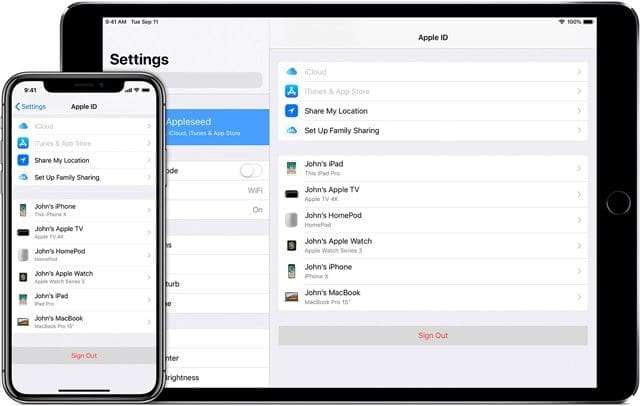

For extra storage space, you’ll need to pay for iCloud+, Apple’s premium cloud subscription. ICloud’s pricing follows a similar model. Sign up for this and you'll see even bigger capacity options, including 5TB, 10TB, 20TB and even 30TB choices. The next tier is ‘Standard’, which offers 200GB for US$2.99 / £2.49 / AU$4.39 per month, while the higher option – ‘Premium’ – unlocks 2TB of cloud storage for US$9.99 / £7.99 / AU$12.49 per month. Plans start with the ‘Basic’ bundle, which includes 100GB of storage for US$1.99 / £1.59 / AU$2.49 per month.

#Where can i see my icloud photos for android#
Depending on the plan you select, additional benefits can include access to ‘Google experts’ for tech help, a VPN for Android and iOS, plus the option to share storage with up to five other people. Instead, you’ll need to take out a Google One subscription to increase your storage space across all of Google’s products and services.

Google doesn’t sell extra storage capacity on a standalone basis. If you hit the limit, you’ll need to shell out for additional space.
#Where can i see my icloud photos free#
Anyone with an iCloud account gets a complimentary 5GB, while Google offers a more generous 15GB to account holders (although this is shared across all Google services, including Drive).Īs of last year, Google no longer offers unlimited free storage for ‘high quality’ photos: both ‘original’ and compressed photos now count towards the total. Google Photos vs iCloud: price and storage capacityīoth Google Photos and iCloud offer a first slice of cloud storage capacity for free. So whether you’re backing up your smartphone camera roll or saving years’ worth of family photos to the cloud, this guide should help to settle the big question in the Google Photos vs iCloud debate. The guide below sets out the benefits and drawbacks of Google Photos and iCloud for every kind of user, from price and storage capacity to editing, sharing and organizational tools. Not sure which to pick? It’s worth taking the time to decide: you don’t want to upload your entire library to the cloud, only to realize that your chosen platform lacks a feature that’s key for your needs.


 0 kommentar(er)
0 kommentar(er)
